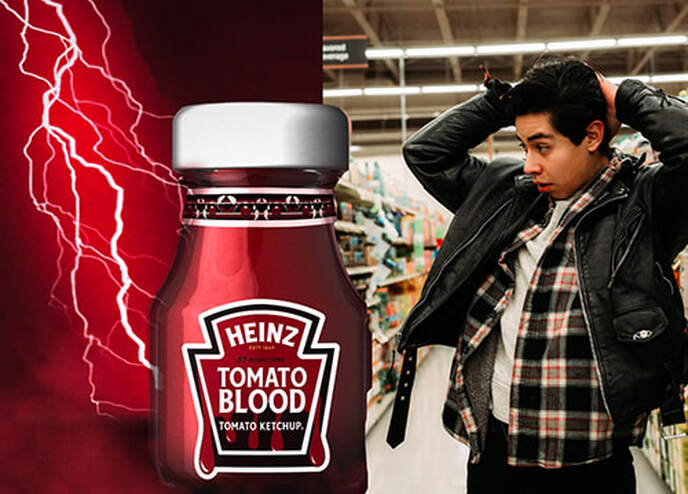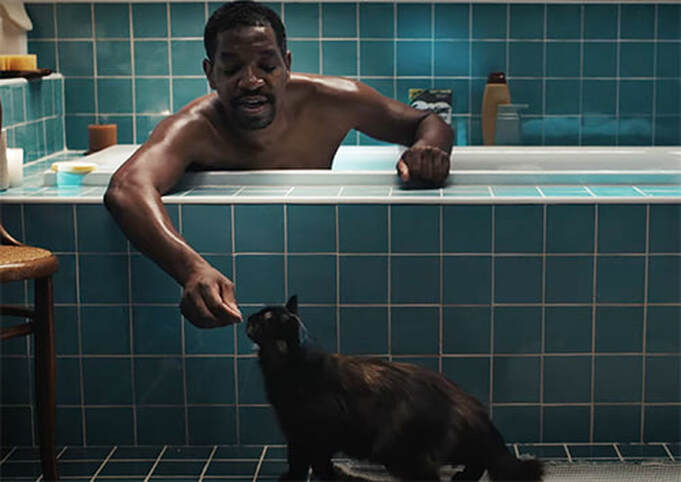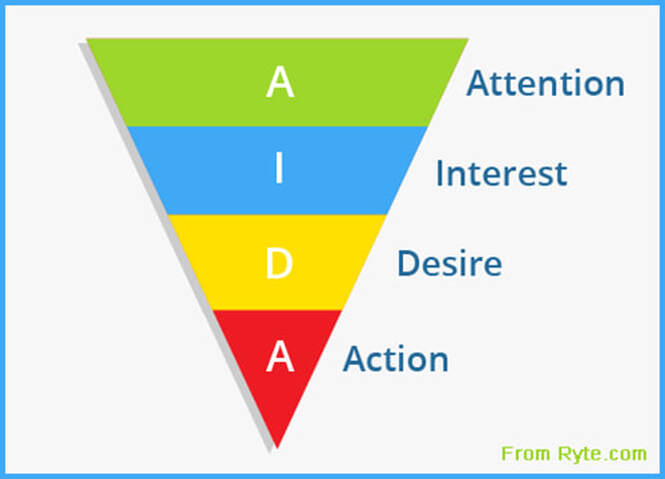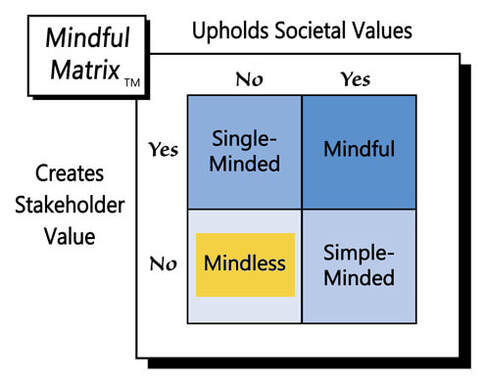author of Honorable Influence - founder of Mindful Marketing
The H. J. Heinz Company merged with Kraft Foods in 2015, creating one of the largest food and drink companies in the world, with an enticing selection of edibles, from Maxwell House Coffee, to Oscar Meyer Hot Dogs, to Philadelphia Cream Cheese. With such consumer product success, Kraft Heinz obviously knows something about branding, which makes Heinz’s decision to turn its ketchup into Halloween blood even eerier.
Yes, Heinz is suggesting that America’s favorite condiment for covering hamburgers at July 4th cookouts can also be used to coat Halloween costumes to give them a gruesomely bloody appeal.
Specially labeled Tomato Blood Ketchup is just one of the brand extensions. The company is also offering “Tomato Blood costume kits, masks and premade outfits themed around mummies, pirates and more,” all available on a company microsite, HeinzHalloween.com.
A YouTube video introduces the Tomato Blood Ketchup, which the microsite further describes as “a collectible limited edition 20 oz. squeeze bottle . . . the same classic Heinz ketchup you know and love, but with a spooky Halloween makeover.”
What should we make of Heinz’s move into the macabre? First, it’s important to note that Heinz is far from the only consumer products company that has sought to tap into the revenue potential of Halloween. Other brands that have created “Frightfully Fabulous Halloween Marketing Campaigns” include:
- Butterfinger: mugshots aim to convict parents who have eaten their kids’ Halloween candy to turn themselves in.
- Snickers: a grown-up trick-or-treater in a bear costume insists she really is a bruin.
- Temptations: the cat food company recommends that pet owners feed its treats to their felines, so their cats won’t eat them.
- Nike: has created a special Halloween-themed sneaker with orange and black colors, an illuminated outsole, and a “creepy spider pattern on the insole.”
- Lego, Star Wars, Disney+: have partnered to produce a series of animated shorts with clever storylines based on Halloween themes.
- Reese’s: a longtime Halloween favorite, suggests that all the Reese’s that disappear during the holiday have gone on to “a better place.”
- Skittles: has released a special line of Zombie Skittles in Halloween themed flavors that include Mummified Melon and Boogeyman Blackberry.
The point is that other brands’ Halloween-themed promotions are heavy on humor and light on realism. For instance, no one would actually believe the Temptation commercial’s suggestion that a housecat would eat a person.
Contrast that humorous hyperbole with the bloody realism of Heinz Ketchup, which really does resemble plasma. If the next time you’re chopping vegetables for dinner you squeeze ketchup over your hand and wail in pain, members of your household will likely believe you’re badly injured.
Heinz Ketchup acting as blood has the ability to genuinely shock or sicken people unlike any of the other Halloween promotions mentioned above. Still, whether you’re a fan of Halloween or not, much of the holiday is increasingly about scaring and nauseating people, so in that grisly context, the tomato blood ketchup is not as outrageous as it otherwise would be.
So, most people can probably tolerate the idea and image of ketchup blood—there are things even more grotesque that people watch throughout the year in movies, TV shows, and online videos. Graphic violence that was seldom seen decades ago is now much more commonplace.
Some might say it’s a good thing that more people are now acclimated to the sight of blood, but what is that desensitization doing to society? Although it’s probably true that most of us are no more likely to kill someone, how do we respond when we see real bloodshed and violence on screen or in-person. Are we as likely to be appalled and to act against it?
A few weeks ago, on a SEPTA train outside of Philadelphia, a man raped a woman while several bystanders reportedly did nothing. Of course, intervening in an act of violence is no small thing. Still, if we weren’t exposed to so much violence and bloodshed, would we react differently when we see it? Is fake blood or anything that trivializes trauma adding a little more insensitivity to our collective apathy?
Such societal impact is certainly the most significant consideration here; yet, from a business perspective, there’s another important question to ask about the Halloween promotion:
Can Heinz’s own bottom-line stomach the bloodshed?
Of course, the campaign is the company’s own doing, so surely Heinz has conducted cashflow analyses to project how much marginal revenue Tomato Blood will raise against incremental costs for things like new labels and special promotion.
It’s fairly easy to estimate that net income. What’s much harder to determine is the blood’s long-term impact on Heinz's well-established brand. To that end, the AIDA model (attention, interest, desire action) may help.
On one hand, the uniquely appalling nature of Tomato Blood has gained Heinz considerable attention, or awareness that the brand wouldn’t otherwise have, e.g., news coverage, social media shares. Similarly, the mere idea of the repulsive product piques curiosity, or interest, and likely causes many people to want to find out more, just as I did.
For some people that attention and interest might also lead to desire, or identifying a need to use the product either as fake blood or to put on burgers, as well as to action, i.e., purchasing the bottles and/or recommending them to others.
On the other hand, there’s a real risk in associating a beloved condiment with a body fluid that many people literally "can’t stand the sight of."
Between 3 and 4 percent of the population has hemophobia, or an irrational fear of blood. For these individuals, even seeing blood on television can cause symptoms such as difficulty breathing and extreme anxiety or panic.
It’s easy to dismiss a relatively small group whose reactions to blood are clinically considered “irrational.” However, the same primitive reflex that causes some people to faint at the sight of blood exists in all of us to some extent.
How many people actually enjoy blood? It seems that a visual of the vital fluid makes most people at least a little squeamish if not nauseous. Given that widespread response . . .
Why would any brand, especially one whose consumption is predicated upon appearing appetizing, want to associate itself with such strong and innately negative reactions?
Human history and Maslow’s hierarchy have taught us that the motivation to eat is one of the most basic human needs and, if given a choice, people prefer to eat things that ‘pass the eye test’ and look appealing, if not delicious.
Food companies like Kraft Heinz usually go to great lengths in ads to make their products appear as attractive as possible. Some even use little tricks, like putting a light layer of deodorant spray on fruit to make it shine or substituting shaving cream for whipped cream, which looks better in pictures.
Industry insiders know that bad food experiences and negative impressions can be very difficult to overcome. I was one of many people who were slow to go back to Chipotle after about 1,100 of its customers contracted norovirus between 2015 to 2018. Many diners are even reluctant to return to a restaurant after finding something as simple as a hair on their plate.
More than what they wear, type on, or wash with, people are understandably very particular about the products they put in their bodies. Any kind of negative association real or imagined, can be difficult to overcome. So, it’s hard to understand why the manufacturer of a very popular tomato product would plant in people’s minds a seed of dissonance that could bloom into a very ‘bloody taste in their mouths.’
It’s hard to know actually how Heinz’s Halloween promotion will play out. It might offer a nice short-term shot to income, but it may also be a blow that bruises the brand while also helping make people a little more comfortable for gore. For these reasons, the matrix type for Tomato Blood is 'MM negative' for Mindless Marketing.
Learn more about the Mindful Matrix.
Check out Mindful Marketing Ads and Vote your Mind!





 RSS Feed
RSS Feed